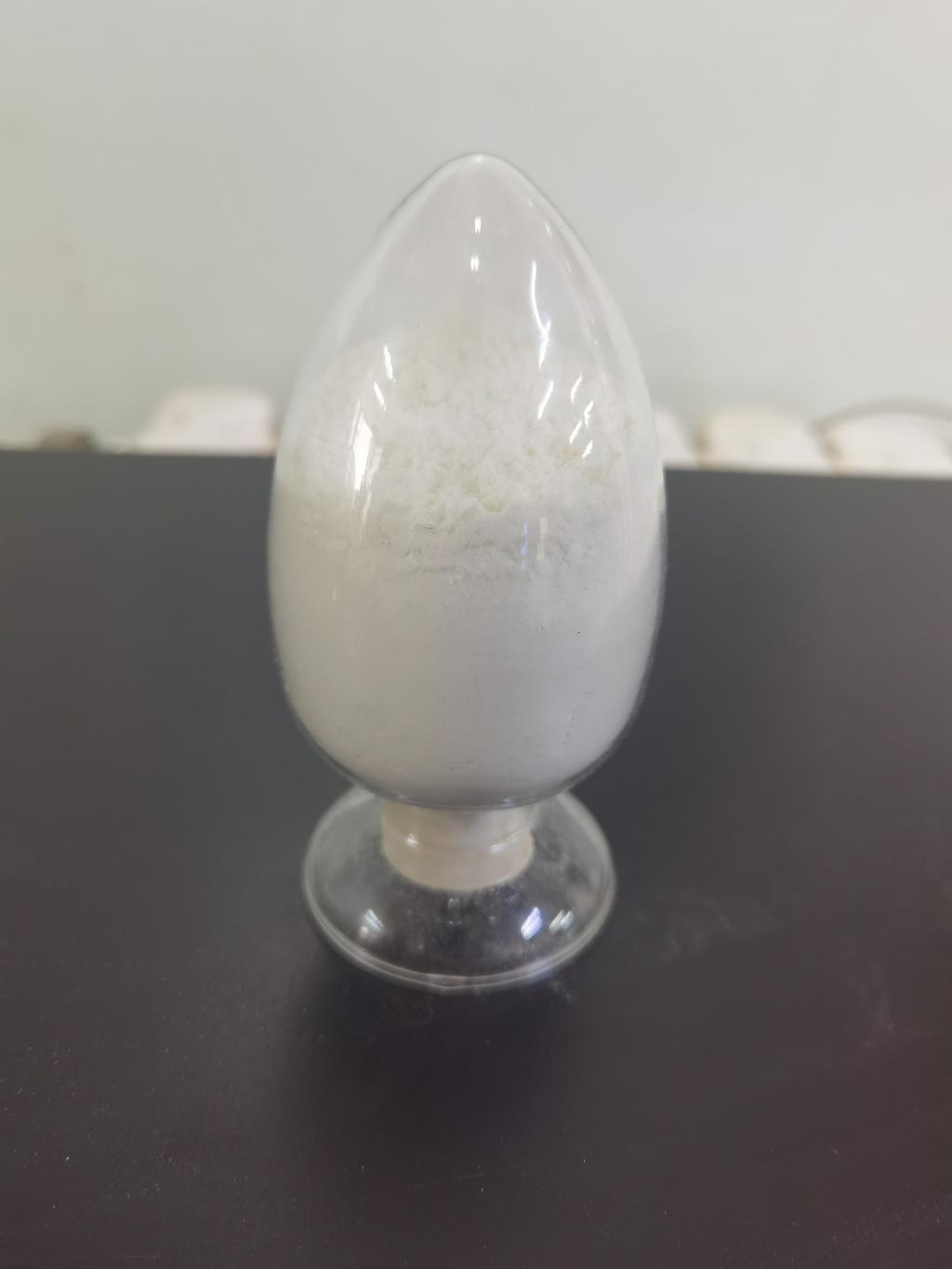Tel:+8618231198596

News
 CONTACT
CONTACT
 CONTACT
CONTACT
- Linkman:Linda Yao
- Tel: +8618231198596
- Email:linda.yao@dcpharma.cn
- Linkman:CHARLES.WANG
- Department:Overseas
- Tel: 0086 0311-85537378 0086 0311-85539701
News
Does the efficacy of ε-Polylysine hydrochloride vary depending on the type of microorganism?
TIME:2023-07-17
Microorganism Type:
1.1. Bacteria:
ε-Polylysine hydrochloride exhibits significant antimicrobial activity against both Gram-positive and Gram-negative bacteria. Gram-positive bacteria, such as Staphylococcus aureus and Listeria monocytogenes, are generally more susceptible to ε-polylysine hydrochloride due to their thinner peptidoglycan cell walls. However, some Gram-negative bacteria may exhibit reduced susceptibility due to the presence of an outer membrane that acts as a barrier.
1.2. Yeasts:
ε-Polylysine hydrochloride is effective against a variety of yeasts, including Candida spp. and Saccharomyces cerevisiae. Its cationic nature allows it to disrupt the cell membranes of yeasts, leading to cell death.
1.3. Molds:
ε-Polylysine hydrochloride demonstrates efficacy against molds, including Aspergillus spp. and Penicillium spp. The disruption of the mold cell membranes by ε-polylysine hydrochloride inhibits their growth and prevents spore germination.
Food Matrix:
2.1. pH:
The pH of the food matrix can influence the efficacy of ε-polylysine hydrochloride. It exhibits optimal antimicrobial activity in a slightly acidic to neutral pH range. The cationic nature of ε-polylysine hydrochloride allows it to interact effectively with the negatively charged microbial cell membranes. However, extreme pH conditions may affect its stability and, consequently, its antimicrobial efficacy.
2.2. Fat Content:
The presence of fats or lipids in a food matrix can affect the efficacy of ε-polylysine hydrochloride. Fats can bind to ε-polylysine hydrochloride and reduce its availability for interaction with microorganisms, potentially diminishing its antimicrobial activity. Therefore, higher fat content in a food matrix may require higher concentrations of ε-polylysine hydrochloride for effective antimicrobial control.
2.3. Protein Content:
Protein content in a food matrix can also influence the efficacy of ε-polylysine hydrochloride. Proteins may interact with ε-polylysine hydrochloride, potentially reducing its availability for interaction with microbial cells. Higher protein content in a food matrix may necessitate increased concentrations of ε-polylysine hydrochloride for effective antimicrobial action.
2.4. Water Activity:
Water activity, which measures the availability of water for microbial growth, can impact the efficacy of ε-polylysine hydrochloride. Microorganisms in low water activity environments may exhibit reduced susceptibility to ε-polylysine hydrochloride, as the limited water availability can hinder the compound's interaction with microbial cells.
Synergistic Effects:
In some cases, the efficacy of ε-polylysine hydrochloride can be enhanced when used in combination with other antimicrobial agents or preservation techniques. Synergistic effects have been observed when ε-polylysine hydrochloride is combined with other natural antimicrobials, such as essential oils or organic acids. These combinations can lead to enhanced antimicrobial activity, enabling lower concentrations of ε-polylysine hydrochloride to be used.
Microorganism Adaptation:
Microorganisms can develop resistance or tolerance to antimicrobial agents over time, including ε-polylysine hydrochloride. Continuous exposure to ε-polylysine hydrochloride without proper rotation or combination with other antimicrobials may contribute to the development of resistant strains. Therefore, it is essential to employ good antimicrobial stewardship practices and periodically assess the efficacy of ε-polylysine hydrochloride in specific microorganisms.
Application Considerations:
When utilizing ε-polylysine hydrochloride for microbial control, several factors should be considered:
5.1. Concentration:
The appropriate concentration of ε-polylysine hydrochloride depends on the target microorganism and the desired level of antimicrobial control. Optimizing the concentration through laboratory testing and validation is crucial for effective application.
5.2. Contact Time:
The duration of contact between ε-polylysine hydrochloride and microorganisms influences its efficacy. Sufficient contact time is necessary to allow for effective membrane disruption and cell death. Longer contact times may be required for certain microorganisms or food matrices.
5.3. Regulatory Considerations:
The use of ε-polylysine hydrochloride as an antimicrobial agent in food is subject to regulatory approval and compliance with local food safety regulations. It is essential to ensure that the approved usage levels are adhered to when applying ε-polylysine hydrochloride in food matrices.
Conclusion:
The efficacy of ε-polylysine hydrochloride can be influenced by the type of microorganism and the specific food matrix. While it demonstrates broad-spectrum antimicrobial activity, certain microorganisms may exhibit varying susceptibility. The characteristics of the food matrix, such as pH, fat content, protein content, and water activity, can impact the efficacy of ε-polylysine hydrochloride. Understanding these factors is crucial for optimizing its application and achieving effective microbial control. By considering the variability in efficacy and employing proper application techniques, ε-polylysine hydrochloride can be utilized as a valuable antimicrobial tool in a wide range of food processing applications. Continued research and validation will further enhance our understanding of its efficacy and guide its effective implementation in specific microorganisms and food matrices.
- Tel:+8618231198596
- Whatsapp:18231198596
- Chat With Skype







